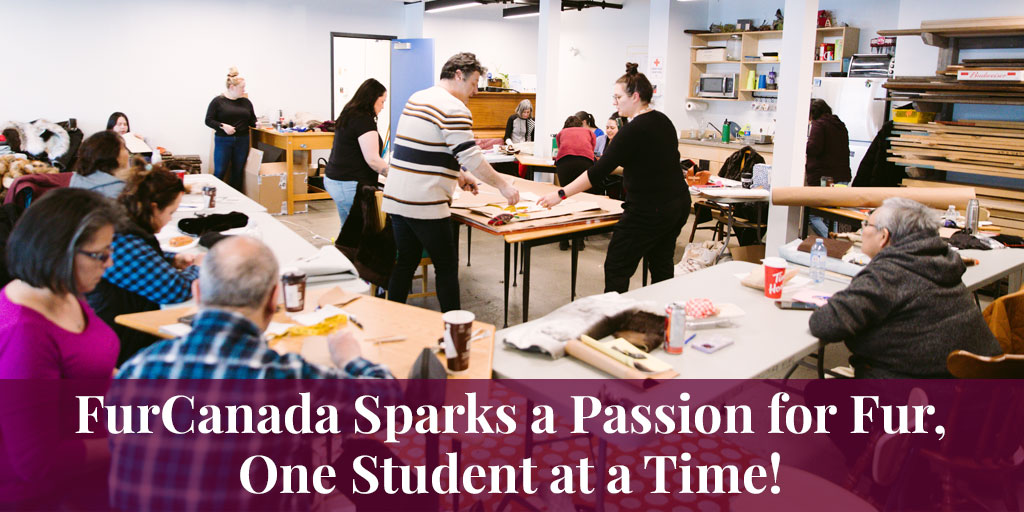
Calvin Kania and Panos Panagiotidis are on a mission to share their passion for making beautiful fur apparel and accessories, one student at a time! Their secret weapon: “Seal/Fur Workshops” at FurCanada’s headquarters on Vancouver Island, British Columbia, and in First Nations and other communities across Canada.
“We realized that many designers and crafters would love to use fur in their collections, but don’t have the knowledge or fur-working skills,” says Calvin, founder and CEO of FurCanada.
Though raised on a trapline in the rugged BC interior, Calvin wasn’t a trained furrier either, so he teamed up with someone who was.
SEE ALSO: Trapline Tales: Ski doos and marten scent. By Calvin Kania for Truth About Fur.
Enter Panos, who learned the furrier’s art from his father in Kastoria, the legendary fur manufacturing village hidden away in the mountains of northern Greece. After earning his degree at Kastoria’s fur school, Panos gained invaluable practical experience working with a master furrier in Germany for eight years, before returning to teach in Kastoria in 2005.
From 2015 to 2018, Panos assisted Vasillis Kardasis, a distinguished professor at the Royal College of Art in London, England, to launch the Fur Summer School in Kastoria. With support from the International Fur Federation, international auction houses, and the Hellenic Fur Association, the Summer School provided an introduction to the full fur-production process for designers, journalists and others from around the world.
SEE ALSO: Master furrier Panos Panagiotidis to head new FurCanada workshop. Truth About Fur.
Not Only Designers Are Interested
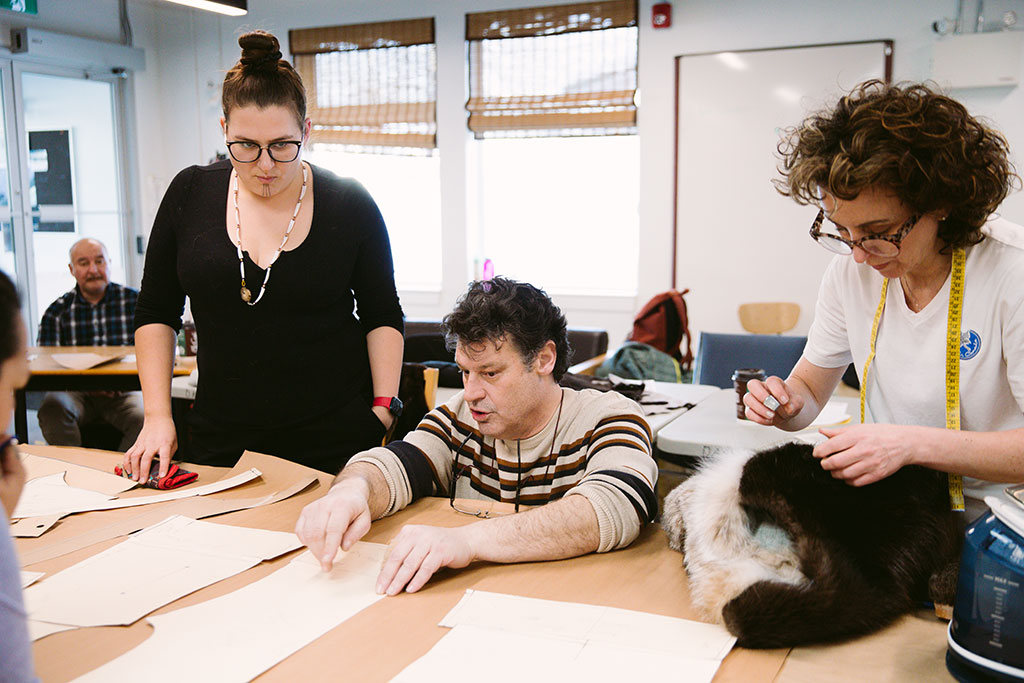
At Calvin’s invitation, Panos arrived in Canada in 2019, and in March 2020 they hosted their first Seal/Fur Workshop.
“Covid made things difficult at the start,” recalls Calvin, “but we are now doing a one-week workshop every month at our atelier, with students coming from across Canada, the US, and as far away as Peru and Australia.
“Many of our students are designers, but many trappers are now also interested. Instead of selling their pelts to a fur buyer or through the auction, they have their pelts dressed by small local tanneries and are making their own fur vests, mitts, hats, and other accessories and home décor items.
“And we are taking our workshops on the road; Panos did a workshop in the Inuit community of Inuvik, NWT, last year, and he just did another in Yellowknife.”
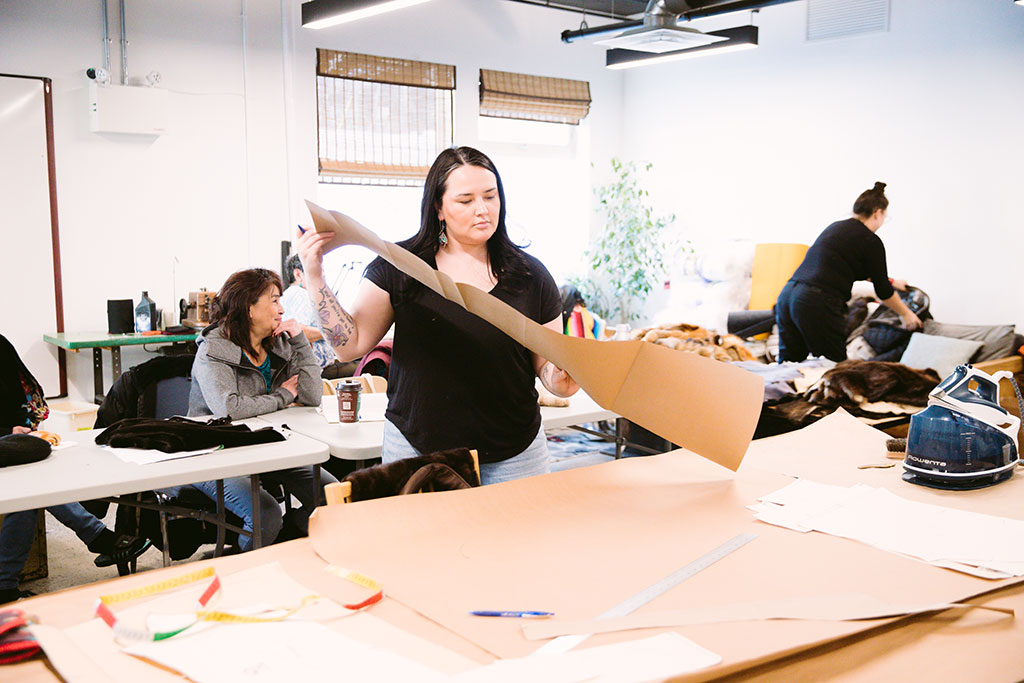
“It was quite a shock stepping out of the airplane in Yellowknife in February,” recalls Panos. “it was minus 32 Celsius!
“Cold weather but warm people! There were 16 Indigenous craftspeople in our workshop, and they were wonderful.”
“They Questioned Everything!”
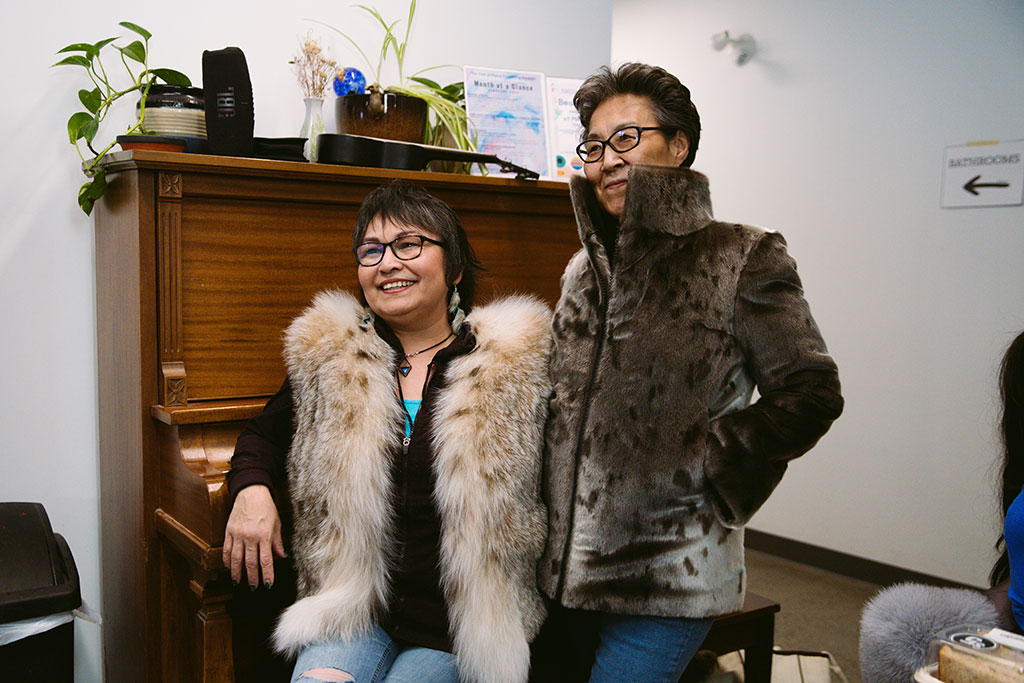
The latest six-day workshop was organized by NWT Arts, a program of the Government of the Northwest Territories Department of Tourism and Industry, with students flying in from surrounding communities.
“Over the six-day workshop they completed three fully-finished projects: a fur pillow, a sealskin vest, and a beaver with lynx vest,” says Panos.
“It was a pleasure working with them because they were so interested in the furrier’s techniques I showed them. And because they were already experienced sewers, they questioned everything!”
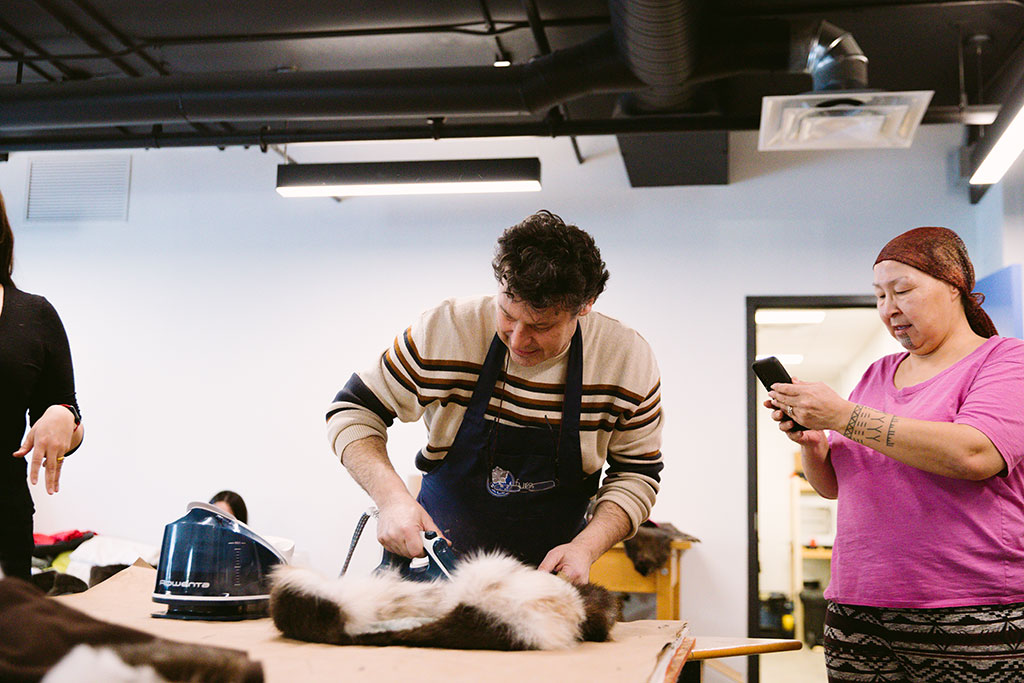
So what sort of things did they question?
“One of the first steps in working fur is to wet the pelt, stretch it out, and tack it on a board to dry,” explains Panos. “This is called ‘blocking’ the pelt, and one student wanted to know why she should do that. She often made beaver mitts and had never done this.
“So, I asked, ‘How much fur do you use to make a pair of mitts?’ Two beaver pelts, she said. I laid her pattern out on the board to show that when the beaver was stretched and blocked, she would only need one pelt to make the same pair of mitts. When she saw how much fur and time she would save, she was convinced!
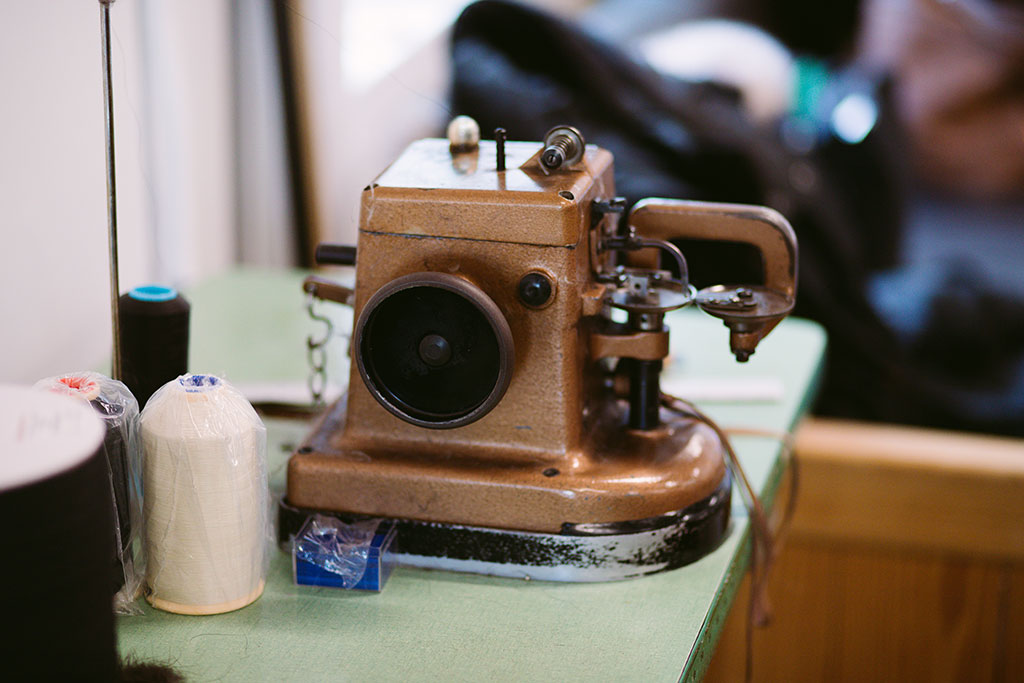
“Another student asked why she should learn to use a fur-sewing machine when she had been sewing fur by hand all her life. I told her, ‘OK, you sew a pair of mitts by hand and I will sew a pair on this machine.’ My pair was done in about 10 minutes and she worked on hers for the rest of the day. When she had finished, I said: ‘Now, look at the two pairs, what do you think?’ ‘Yours is much better, the stitches are more regular,’ she said with amazement.
“It was wonderful working with people who were so engaged and interested. They were challenging me all the time, and they really appreciated what we were bringing them: how we measure the fur we’ll need, how we cut pelts to the pattern with a furrier’s knife – all the European fur-working skills that they could marry with the traditional designs and sewing techniques they had inherited,” says Panos.
Now We Must Teach Teachers
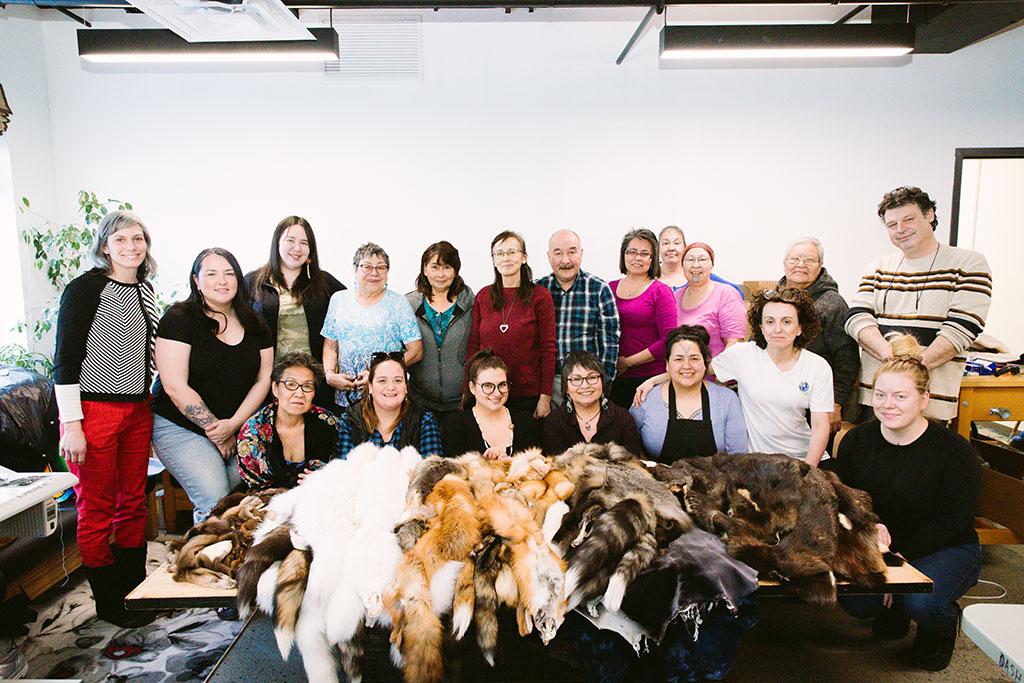
“The workshops have been such a success that now more communities want to participate, more than Panos can do himself,” says Calvin. “We will have to teach teachers who can bring this knowledge to more communities.”
Meanwhile, Panos is hitting the road again with a workshop scheduled in Sudbury, Ontario, later in April, and another with the Mi’kmaq First Nation, in Nova Scotia, in June.
“Lots of creative young people are interested,” says Calvin. “We give them a taste of how they can work with fur, and they go home and practice and perfect their skills, and then they bring exciting new fur products to a new generation of consumers. It’s a whole new future for fur that’s opening up, and we are so happy to be helping it along!”










